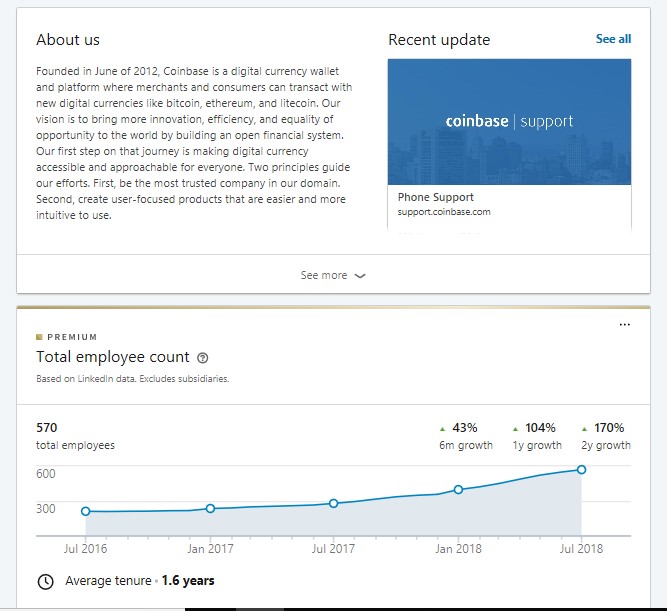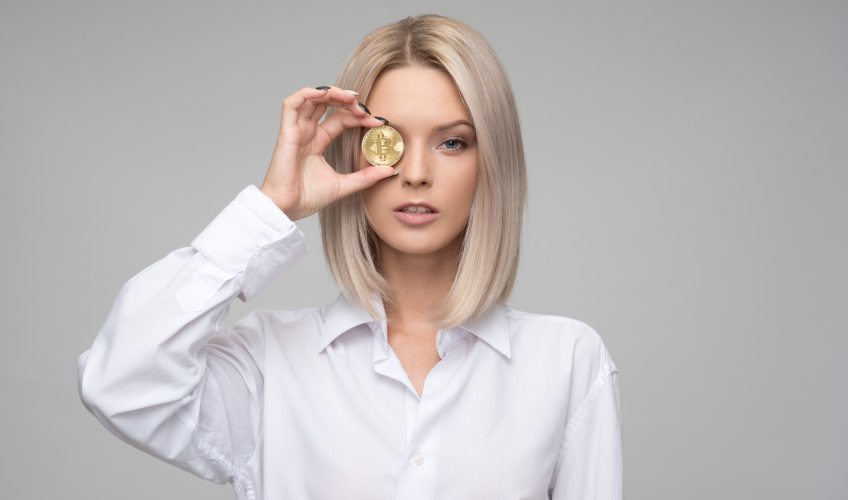This will be a short one and really a question, at that. How fast is money? Why does that matter? What does it mean if it moves faster?
Money is an interesting idea. I think we can agree to that when we really stop and think about it. Over the centuries, it has taken on many forms: minted currencies, animal hides, jewelry, gold and silver, to good old “faith and credit.” It really boils down to a psychological acceptance of something that holds a value to receive something else in exchange.
That said, we believe in money. The United States has its dollar, the British kept their pound (says something about their feelings regarding the Euro), the Japanese have the Yen, and so on.
Money moves at a pace. Sometimes, longer than others. Likely for a reason that the average retail trader or average person doesn’t understand. It takes 3-5 business days for money to clear in a personal checking account. This is 2021 folks. We are purchasing tickets to fly Space X rockets and we have to wait 3-5 business days to get $100 in our checking account? I doubt the duration is the same for large institutions to move money from one to the other. Credit cards instantly record your spending, so why the delay in other applications? Money moves at different speeds.
Why does the speed of money movement matter? In the case of the retail end user, it matters the same as it does for the multi-national institution moving millions or billions of dollars. You want your money when you want it. The difference is, your $100 does not impact the economy the way $100 billion impacts the economy. We know that money can move at different speeds. It can post to your account instantly, but not clear immediately. It can be spent immediately at a store, or to pay a bill. It moves at different speeds when accounts are directly linked, you use a wire transfer, or deposit a paper check. Automation speeds up the movement of money. Digitalization facilitates faster than pen and paper.
If money moves faster, everything from your $100 check to a $100 billion transfer between banks, will effect global economies. If money, and I mean global money, in the realm of trillions in value can move and be utilized in seconds, rather than weeks, days, or even minutes, what kind of profound effect will that have? The United States has been issuing stimulus money over the course of the last year. (Disclosure: This is an exercise in the speed of moving money, not the politics of stimulus money.) We know that many people spend it as soon as it’s received. Reducing the time it takes to issue that money would effectively allow that money to be spent sooner, which in turn keeps money moving through the economy earlier than it did. This could be a game changer for a business that may close its doors if not enough customers came through their doors, or a mortgage payment was delayed because someone lost their job and was a month away from foreclosure.
All that said, if global money moved faster across all spectrums, what problems would that solve? How much does liquidity impact the different people, both linear and vertical in terms of value, across the financial spectrum? Does reducing the time it takes to move money from days or weeks to a matter of seconds mean something to you? I believe it does.
One such proponent of increasing liquidity is currently in a legal battle with the SEC. the outcome may be telling of which way finance is headed.
– Rand
All opinions are my own and should not be considered investment advice. I am doing this to provide entertainment.





You must be logged in to post a comment.